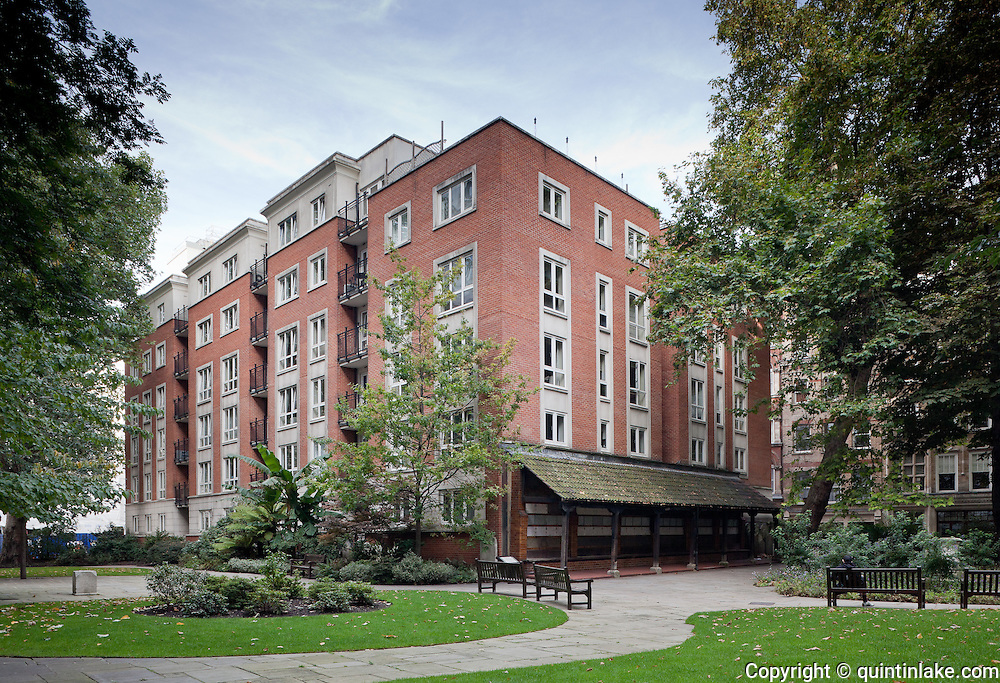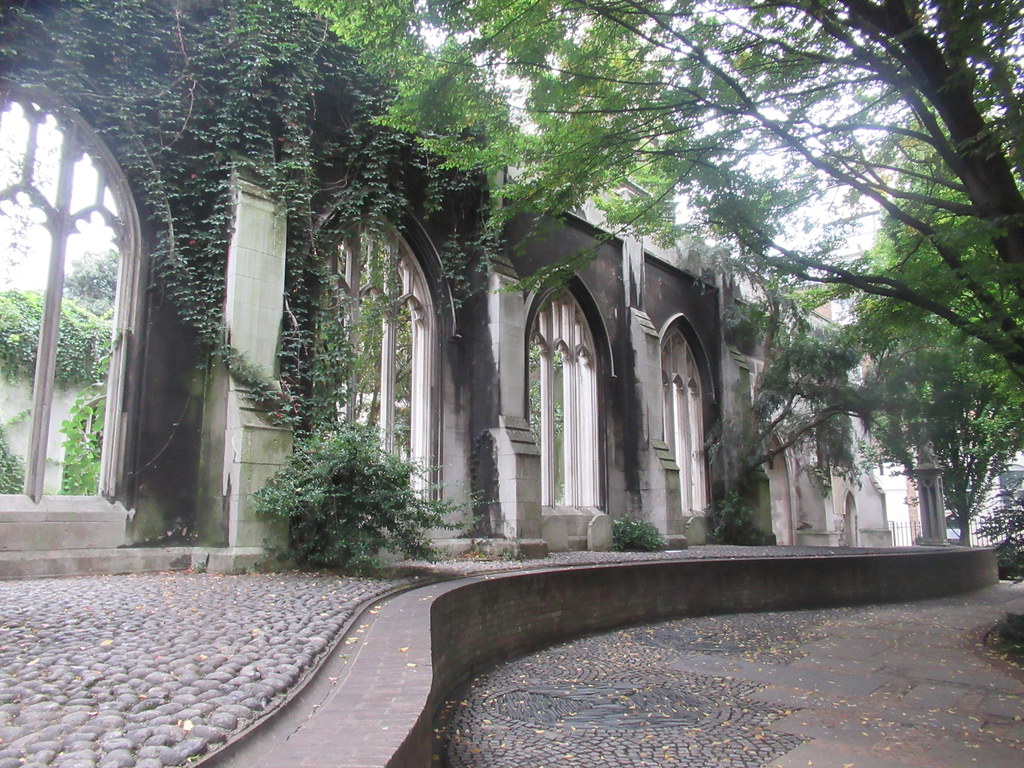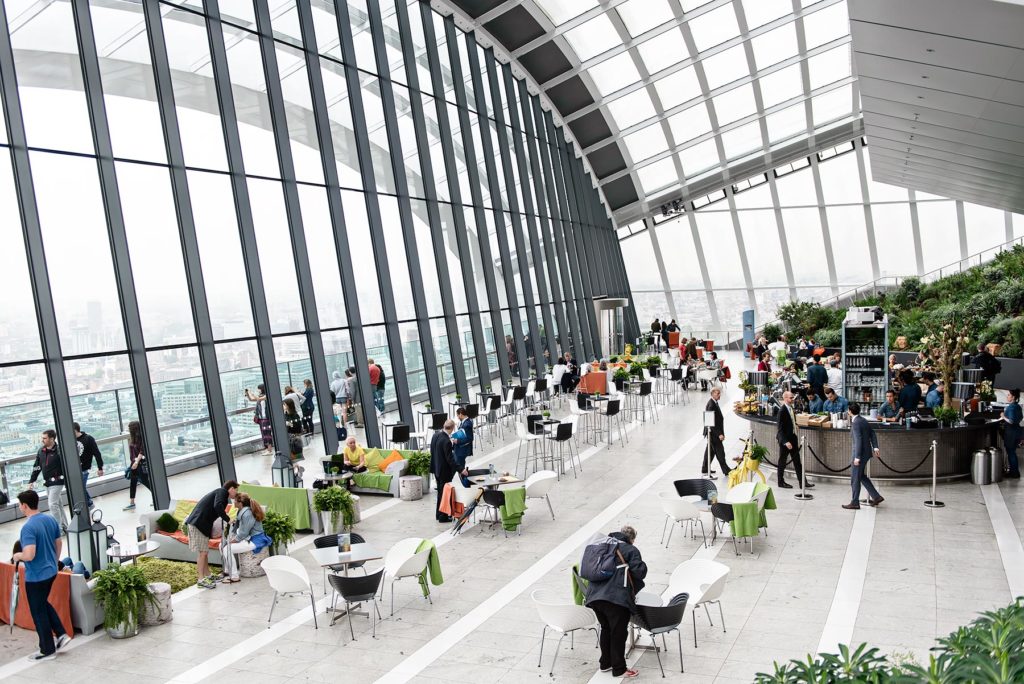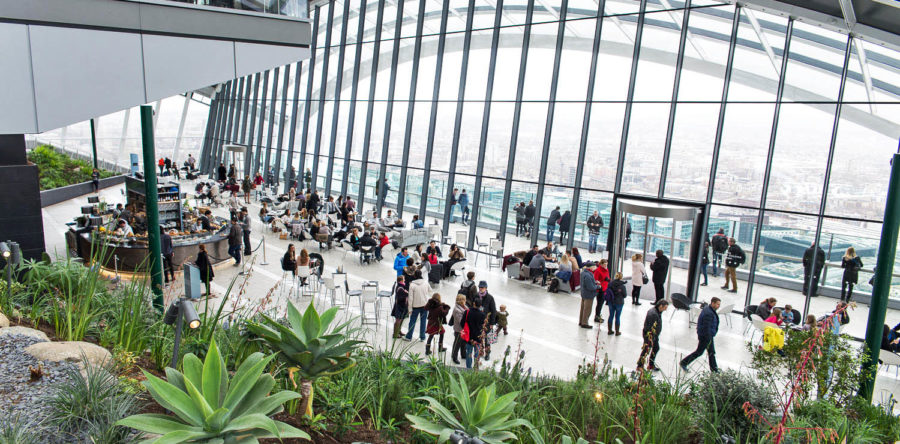ALLA SCOPERTA DELLA CITY
Chi visita la capitale britannica resta spesso sorpreso quando scopre che Londra (London) e la City of London non sono la stessa cosa.
La City, detta anche The Square Mile (il Miglio Quadrato), è il centro finanziario della città e le sue origini risalgono all'accampamento romano fortificato di Londinium, fondato intorno al 50 d.C.
Mentre Londra ha una superficie di oltre 600km quadrati, la City copre poco più di un miglio quadrato (da cui il soprannome) che si estende verso nord da Temple a Chancery Lane, da un lato, fino a Liverpool Street dall'altro: i suoi confini sono segnati da draghi in ghisa in corrispondenza delle vie di accesso, quindi sappiamo sempre se stiamo entrando o uscendo dall'area.
La City ha un'amministrazione indipendente dal resto della città; infatti ha il proprio sindaco, chiamato Lord Mayor of the City of London, e il proprio corpo di polizia, i cui elmi sono simili a quelli dei soldati romani proprio in onore dell'antica Londinium.
Le attrazioni più famose di questa zona sono St. Paul's Cathedral, la Torre di Londra e Tower Bridge, ma c'è molto di più in serbo per chi ha voglia di esplorare…
Ecco cos'altro puoi scoprire nella zona della City...
- Giardini segreti
Circa 400.000 persone lavorano nella City ogni giorno ma nel weekend è una zona molto tranquilla perchè i residenti non sono più di 10.000: sabato e domenica sono dunque i momenti migliori per visitare gli spazi verdi dove molti impiegati amano trascorrere la pausa pranzo.
Postman's Park (Il parco del postino) è un giardino insolito e affascinante, un'oasi di tranquillità nel trambusto della City tra St. Paul's Cathedral e il Museum of London, con ingresso principale su St.Martin's le-Grand. Risale al 1880, quando l'ufficio postale centrale era situato lì vicino e dal 1900 ospita il Memorial to Heroic Self-Sacrifice dell'artista George Frederic Watts, in onore di persone comuni che si sono eroicamente sacrificate per salvare la vita di altri. Il parco appare nel film del 2009 Closer, in cui il personaggio interpretato da Natalie Portman adotta uno pseudonimo (Alice Ayres) preso da una delle targhe di ceramica del Memorial stesso.

- St. Dunstan in the East Church Garden
Per immergervi nella magia, visitate St. Dunstan in the East Church Garden in Idol Lane, EC3R 5DD (fermate metrò più vicine: Tower Hill e Monument). La chiesa risale originariamente al 1100 ma fu in parte ricostruita dopo essere stata seriamente danneggiata nel Grande Incendio di Londra del 1666. Durante i bombardamenti tedeschi del 1941, venne colpita in pieno da un ordigno che risparmiò solamente il campanile e i due muri esterni a nord e a sud: la chiesa fu quindi abbandonata finchè la pubblica amministrazione decise di trasformarne le rovine in un parco pubblico nel 1967. Oggi, con una fontana nel mezzo di quella che una volta era la navata, alberi che crescono tra le finestre ed edera che si arrampica sui muri, è un posto veramente da non perdere.

- Un giardino nel cielo
Mentre 50 anni fa St.Paul's Cathedral era l'edificio più alto della capitale, ci sono oggi più di 250 grattacieli, alcuni dei quali si trovano nella City.
Soprannominato Walkie Talkie per la sua forma caratteristica, 20 Fenchurch Street finì in prima pagina nel 2013 quando era ancora in costruzione perchè la sua superficie di vetro ricurvo fece fondere parti di un'auto parcheggiata nella strada sottostante. Malgrado abbia vinto la Carbuncle Cup (Coppa Pustola) nel 2015 come più brutto edificio del Regno Unito, piace molto ai Londinesi grazie al suo meraviglioso giardino pensile a tre piani, che è il più grande della City e offre vedute straordinarie della città. Il giardino è aperto al pubblico e l'ingresso è gratuito, ma conviene prenotare in anticipo per avere la certezza di potervi accedere.
Per informazioni e prenotazioni, visitate il sito www.skygarden.london

ENGLISH VERSION
Hidden London 3
LONDON'S HIDDEN CORNERS: THE CITY (PART ONE)
People visiting the British capital are often puzzled when they hear that London and the City of London are not the same thing.
The City of London, otherwise known as the City or the Square Mile, is London's financial hub and has its origins in the fortified Roman settlement of Londinium, which was founded around 50 AD. While Greater London, or London, covers more than 600 square kilometres, the City covers an area of just 1.1 square miles (hence its nickname) stretching north from the legal district of Temple to Chancery Lane in the west and Liverpool Street in the east. You'll always know when you're entering or exiting the City because its boundaries are marked by cast iron dragons in the street.
The City of London has its own mayor, the Lord Mayor of the City of London, and its own police force, whose helmets are similar to those of Roman soldiers in honour of the City's origins.
St. Paul's Cathedral, the Tower of London and Tower Bridge are among the area's most famous attractions but there's lots more in store for those wishing to explore.
And here's what else it can offer…
- Secret Gardens
An estimated 400,000 people go to work in the City every day but only about 10,000 actually live there so it can be pretty quiet at weekends. This makes Saturdays and Sundays the perfect time for visiting the green spaces where many office workers enjoy spending their lunch breaks.
Postman's Park is a lovely, unusual garden hidden away from the hustle and bustle of the City between the Museum of London roundabout and St. Paul's Cathedral, just off St. Martin's-le-Grand. It was created in 1880, when the General Post Office stood nearby and since 1900 it has been home to George Frederic Watts's Memorial to Heroic Self-Sacrifice, in honour of ordinary people who died while trying to save others. The park was used as a filming location in the 2009 movie Closer, where Natalie Portman's character adopts a pseudonym (Alice Ayres) from one of the Memorial's ceramic tiles.
- St. Dunstan in the East Church Garden
A truly magical spot is St. Dunstan in the East Church Garden on Idol Lane, EC3R 5DD (nearest tube stations: Tower Hill and Monument). Originally built around 1100, the church was in part reconstructed after being severely damaged by the Great Fire of London in 1666. It then took a direct hit during the 1941 Blitz, which left only the tower and the north and south walls standing: it was then abandoned until the local administration decided to turn the ruins into a public park in 1967. Today, with a low fountain in the middle of what was once the nave, trees growing through the windows and ivy creeping on the walls, this place is definitely a must-see.
- A Garden in the Sky
While fifty years ago St. Paul's Cathedral was London's tallest building, there are now more than 250 skyscrapers, some of which are located in the City. Nicknamed The Walkie Talkie because of its distinctive shape, 20 Fenchurch Street hit the headlines while under construction in summer 2013, when its curved glass melted parts of a car in the street below. Despite winning the 2015 Carbuncle Cup for the ugliest new building in the UK, it has become popular with Londoners thanks to its fantastic three-storey sky garden, which is the City's largest public rooftop space and offers spectacular views of the capital. Entry to the garden is free of charge but booking is strongly recommended in order to guarantee access.
For pictures and further information, visit www.skygarden.london




